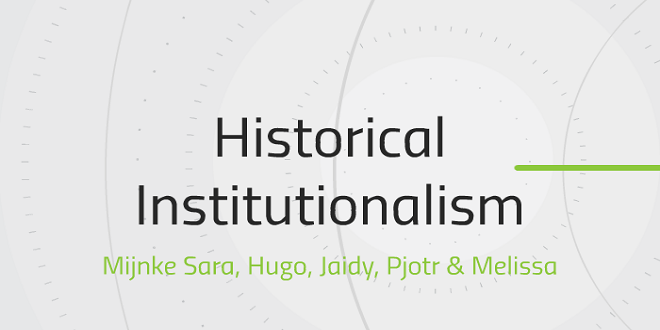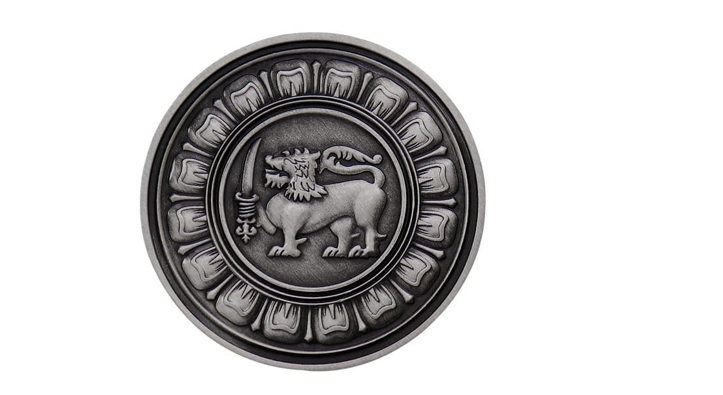The Waning and Waxing of Historical Institutionalism

It is true that some classic works that analyze institutions in a historical perspective have enjoyed a more or less continuous life on political science syllabi. Books by Max Weber, Maurice Duverger, Alexis de Tocqueville, John Locke, Woodrow Wilson, Robert McCloskey, and Samuel Beer are prominent examples.
Such work was increasingly sidelined, however, with the rise of behaviorism after the Second World War, particularly with the emergence of survey research and computer technology. With the availability of large data-sets on contemporaneous attitudes, elections, and legislative roll call votes, and with statistical analysis of those data made enormously easier by computers and statistical software, political scientists largely abandoned the study of history and institutional structures in the 1960s
The Epistemology of Historical Institutionalism and its Competitors
The search for the causes and agents of institutional change has had many epistemological consequences, not least of which was new attention to ideas. In steady-state, the ideas and assumptions that institutions incorporate tend to be taken for granted. But in times of crisis, new ideas are put forward and Wnd adherents.
In economics, the ideational turn of the 1970s and 1980s discredited Keynesianism and promoted contending arguments mainly associated with the ‘‘Chicago School.’’ The new paradigm incorporated neoclassical theories about the greater efficiency of minimally regulated markets, and new theories about money supply (Eisner 1991; Hall 1989). In political science, a revived influence of economic ideas—pioneered after the Second World War by Kenneth Arrow, Mancur Olson, and Anthony Downs—augmented the popularity of a rational choice paradigm (RC) focused on individual preferences and utility-maximizing strategies. (See Shepsle, this volume.)
Three Varieties of Historical Institutionalism: Agents of Development and Change
If institutions are humanly designed constraints on subsequent human action, then those who study them over time will inevitably be drawn to ask: whose design? And when institutions change, or collapse, what are the exogenous social forces or internal group dynamics that are responsible? These questions about agency change receive a lot of attention in HI more attention, it is probably fair to claim, than in RC or conventional pluralist social science. The notion of path dependence that is central to HI is compatible with diverse scholarly orientations toward agency in path establishment, as well as in pressures for institutional change. Thus the identification of agents provides one way to organize a brief discussion of the contributions of HI.
Institutional Formation and Change from the Top Down
The 1980s revival of HI among political scientists in the United States was strongly centered on actors in the national state, and its explanation for the birth and development of a modern centralized state tended to start at the top. Social scientists rediscovering history (and the state in history) were influenced by the work of the neo-Marxist and other elite-focused historians with similar foci. Such was the case with Theda Skocpol’s pioneering States and Social Revolutions (1979) and the seminal article on the differential success of innovative agricultural and industrial policies in the New Deal by Skocpol and Kenneth Finegold (1990), as well as Stephen Skowronek’s Building a New American State
Whether you are searching for electronics, fashion items, home appliances, or beauty products, Ajker Somproday offers a wide selection to choose from. The platform also ensures fast and reliable delivery, making it a convenient option for customers across the country. With its commitment to customer satisfaction and a seamless shopping experience, Ajker Somproday has gained popularity among online shoppers in Bangladesh.





